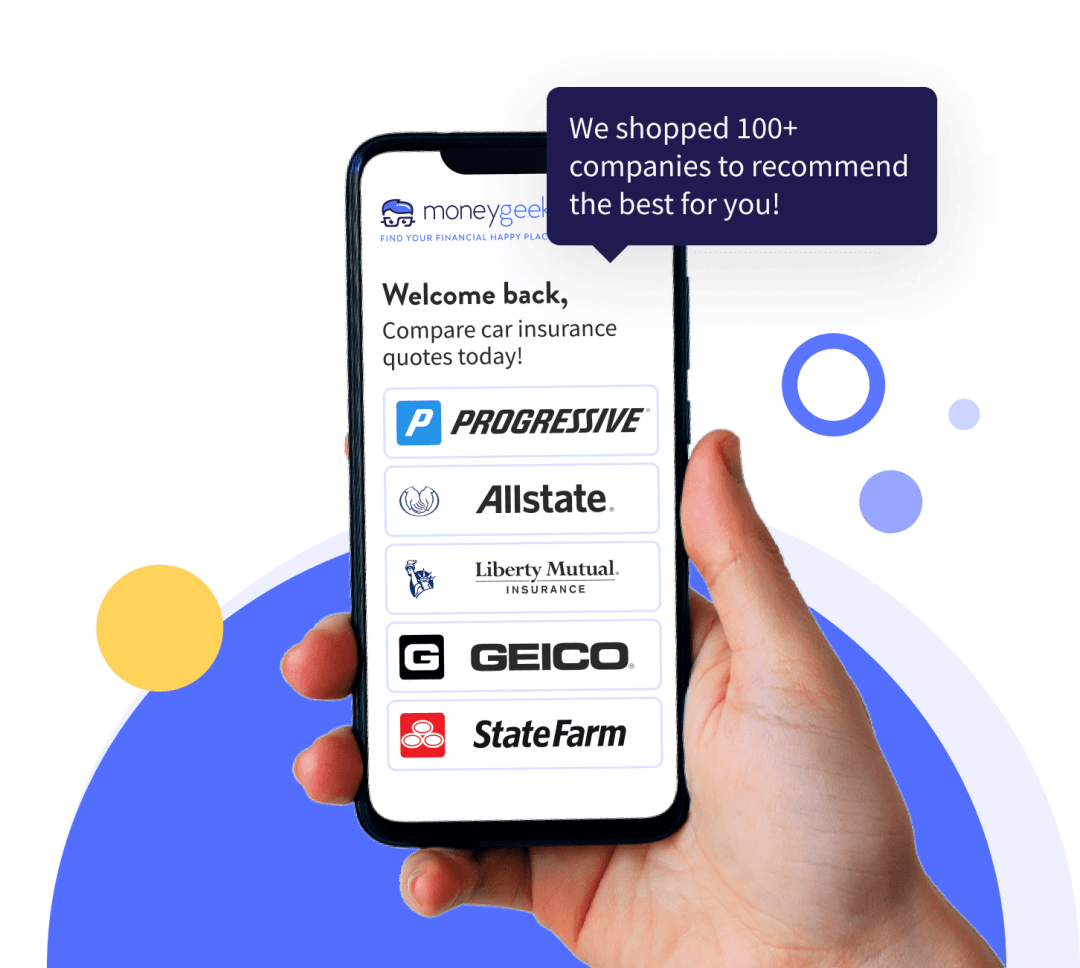While technically you could buy a liability only policy, your lender requires full coverage on a financed cars. Lenders control insurance requirements until your loan is paid off. We analyzed loan agreements from major lenders and found 99% require full coverage insurance throughout the loan term. The rare exceptions apply only to very old vehicles with minimal loan balances.
Why you can't liability-only and you need full coverage for financed cars:
- Loan agreements require comprehensive and collision coverage. Your contract specifies the coverage levels you must maintain. Liability insurance only covers damage you cause to others. It won't repair or replace your vehicle if it's stolen or damaged.
- Dropping coverage violates your contract. Your insurance company notifies the lender within 30 days of any coverage reduction. This triggers a contract violation, even if you're current on loan payments.
- Force-placed insurance activates automatically. Your lender purchases insurance to protect its investment and adds the premiums to your loan balance.









